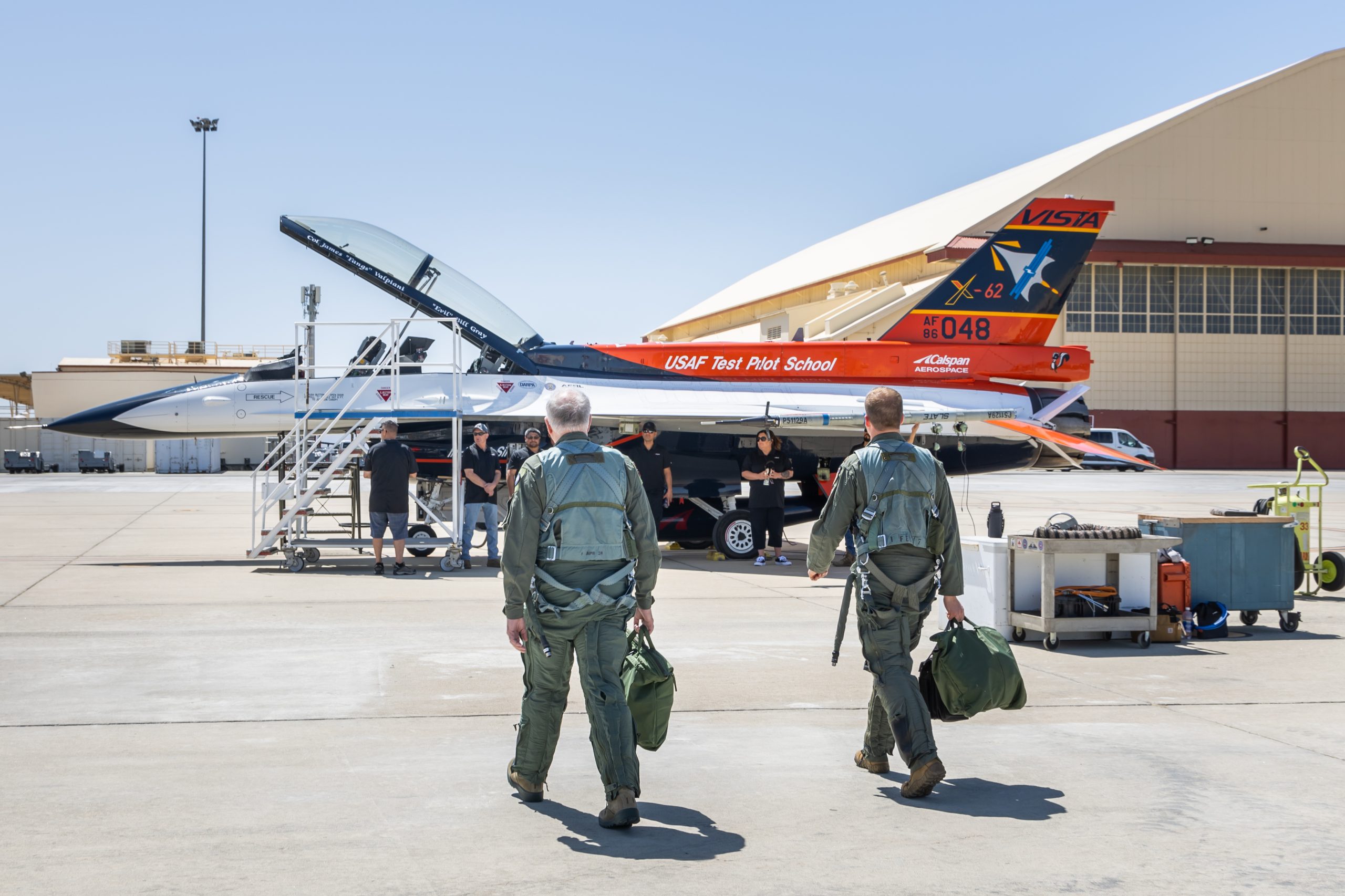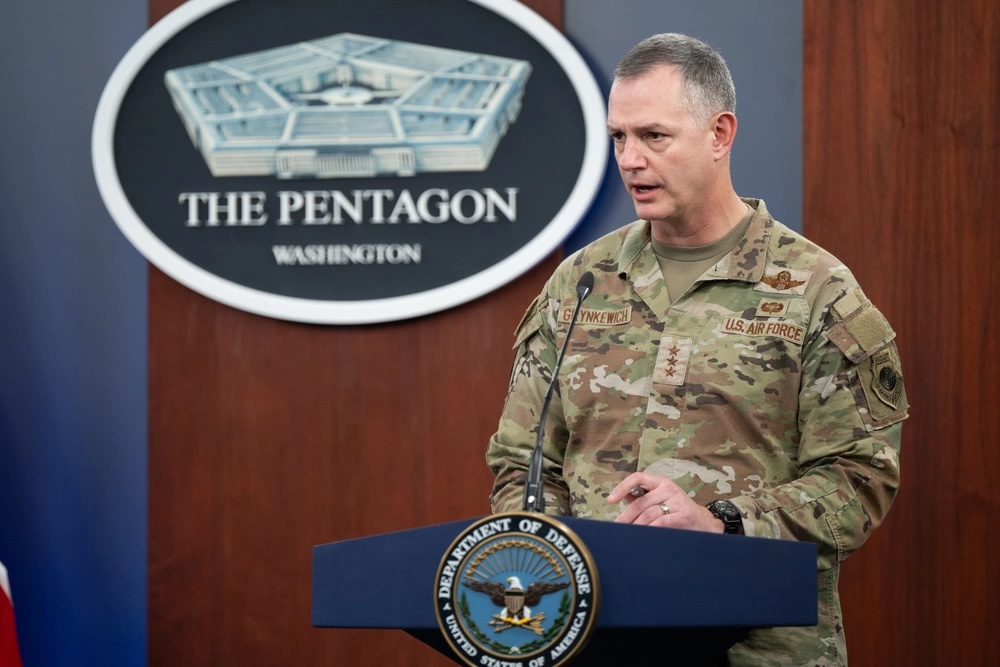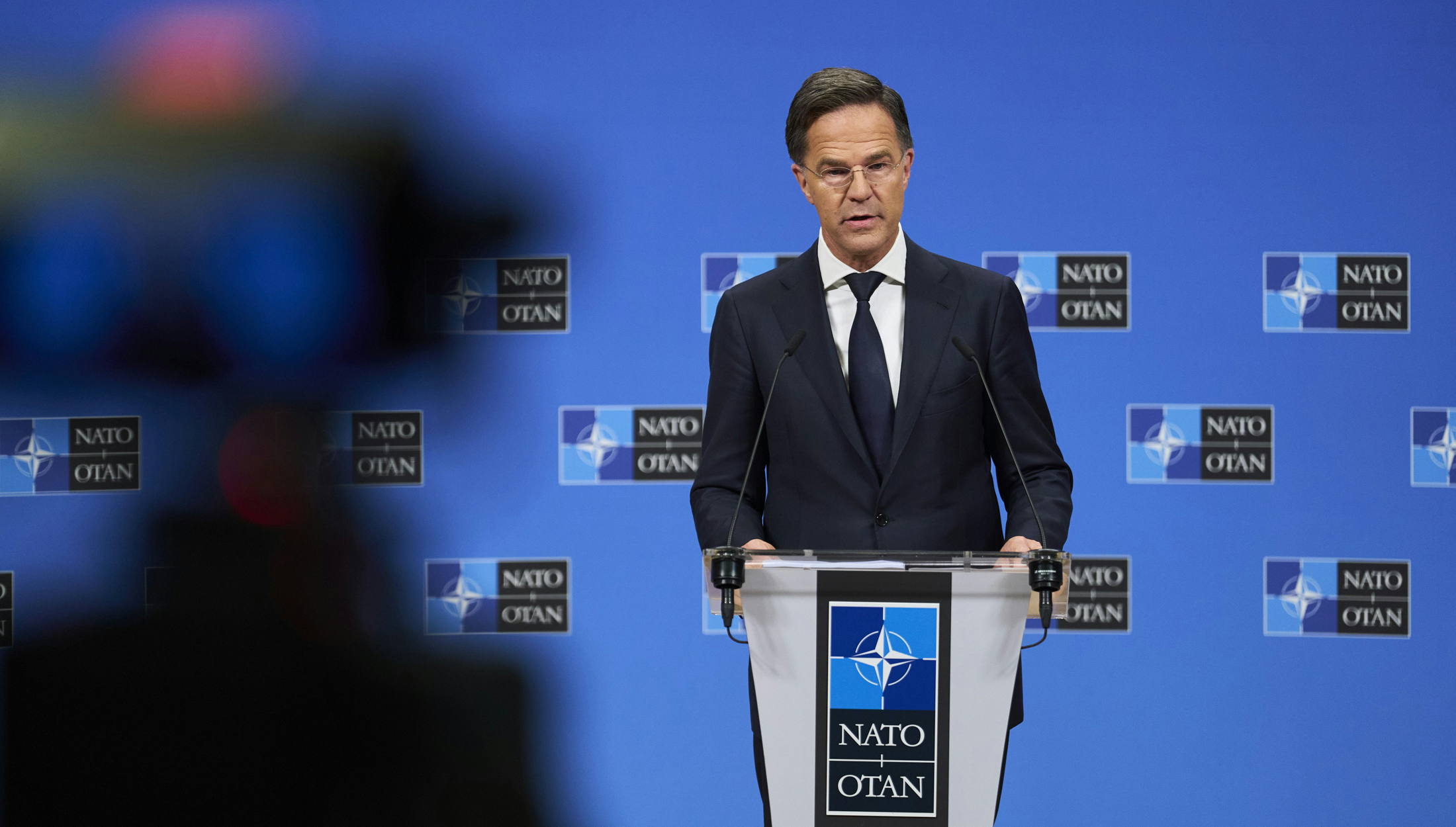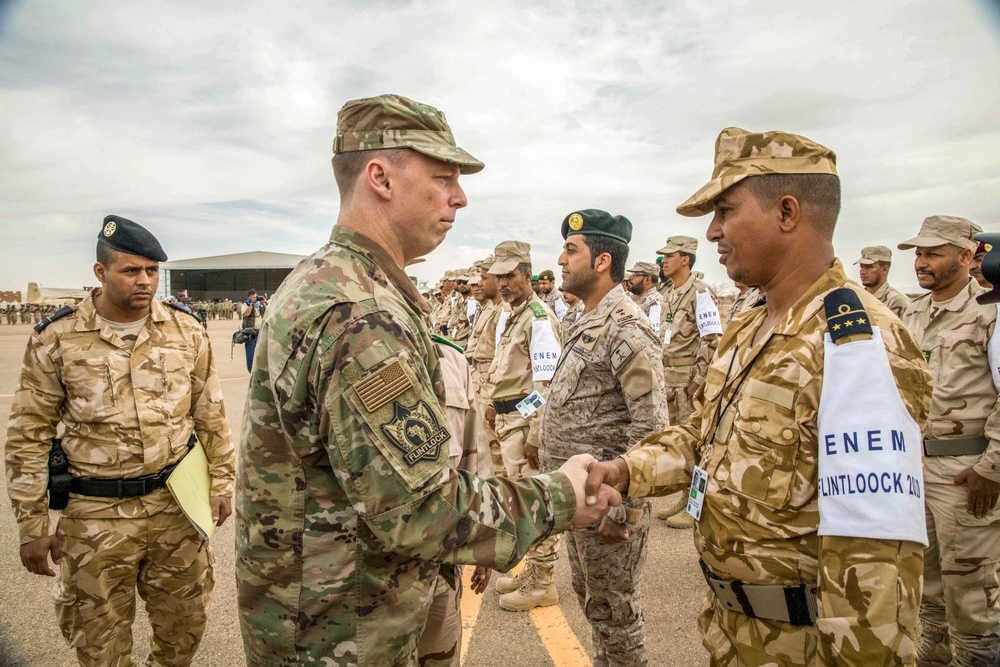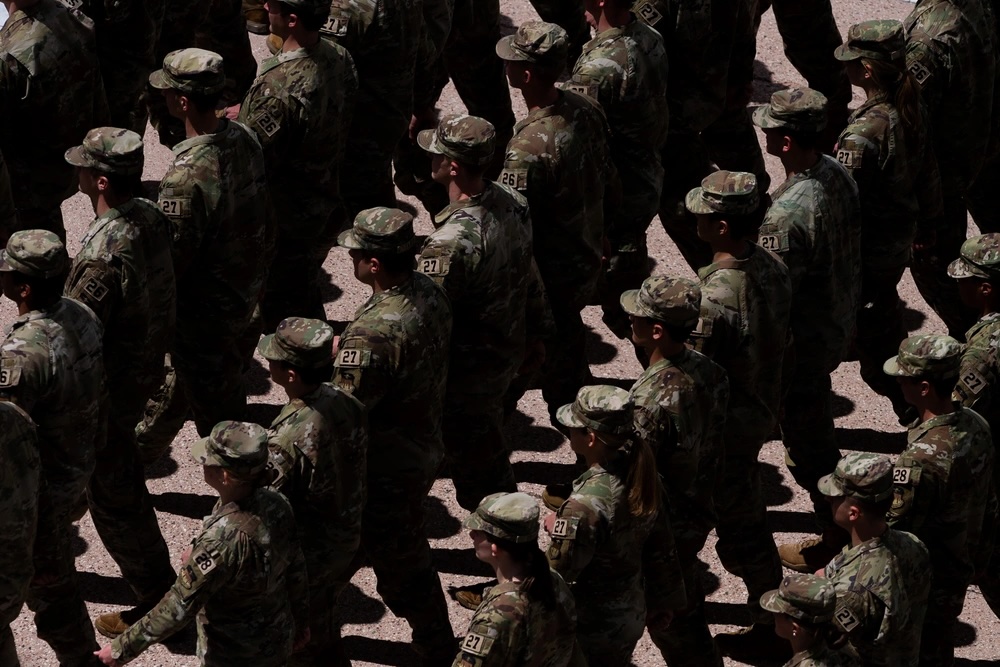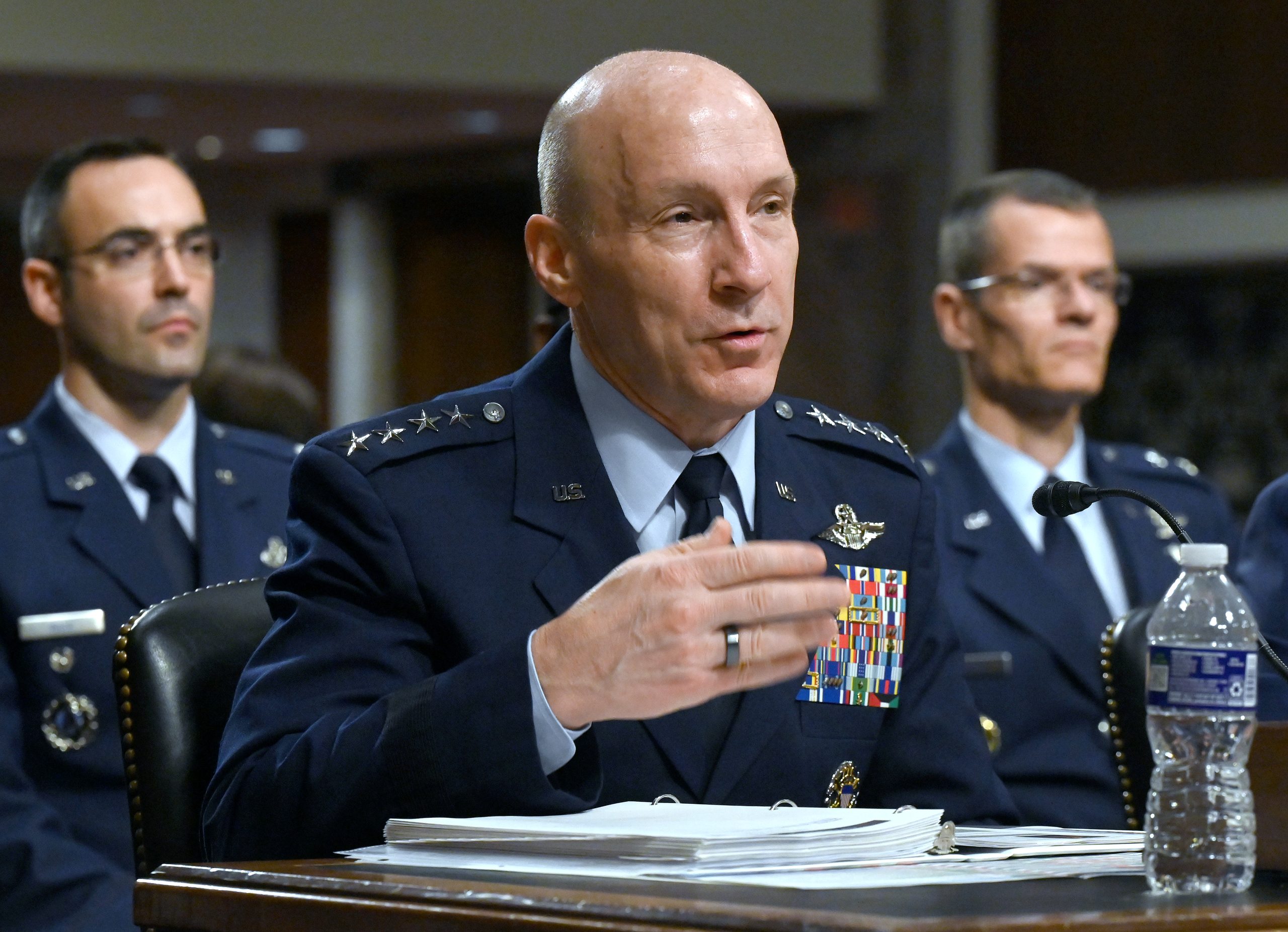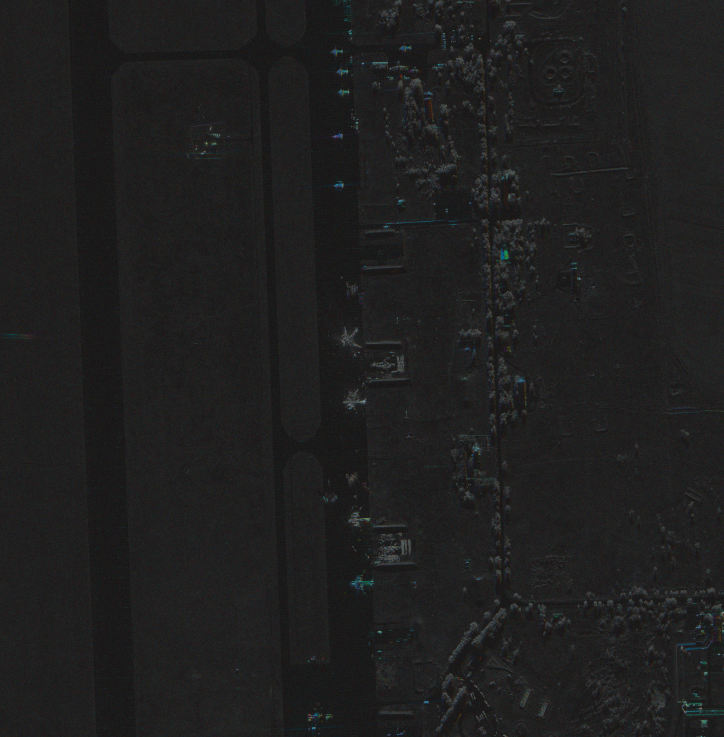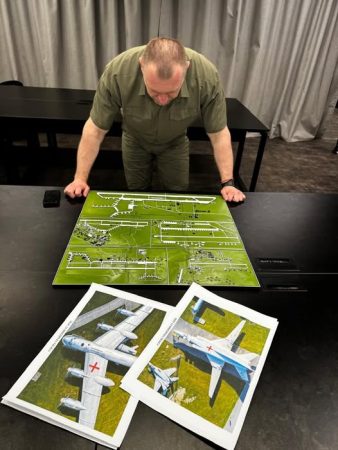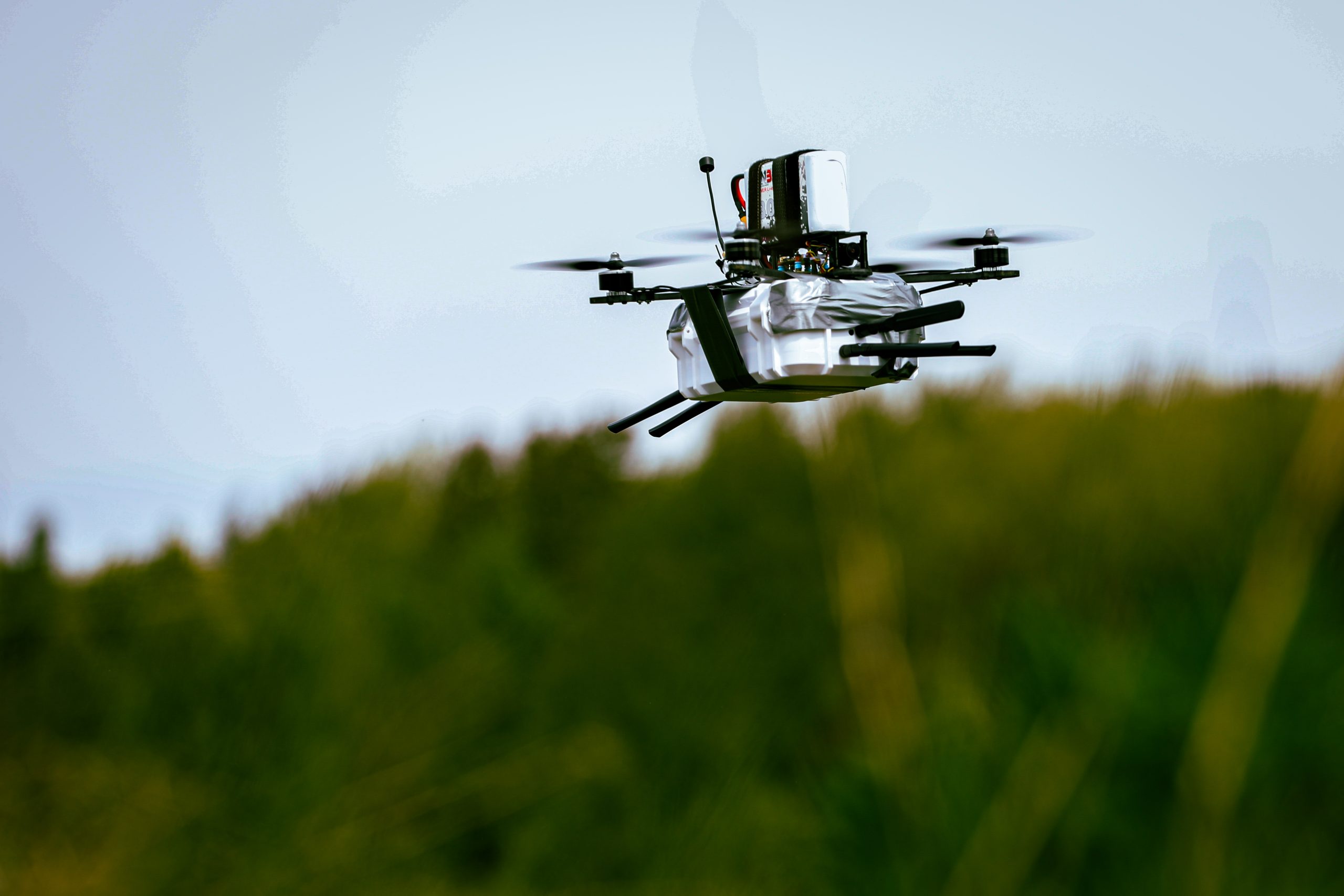Excitement about self-driving taxis and small autonomous drones is exposing a dividing line between systems that operate at relatively slow speeds and the increasing challenges posed by systems operating at the speed of war. Government contractor Booz Allen Hamilton is looking to Formula One car racing to gain a combat edge for autonomous military vehicles.
“Doing autonomy slowly is something that we’re getting better and better at,” Bill Vass, the company’s chief technology officer, said June 3. “Autonomy at speed is very hard. . . . Whether it’s an aircraft or a missile or an autonomous vehicle, on the battlefield, you have to move fast.”
Booz is partnering with computer-chip maker NVIDIA to help develop autonomous Formula One race cars for Code 19, a startup. So far, the self-driving race cars have failed to match expert human drivers. But at the AI+ Expo in Washington, D.C., Vass and others argued that the Air Force and other military services will gain a lot from the effort to develop autonomous F1 cars.
Eric Breckenfeld, director of technology policy for NVIDIA, said the speed and other engineering challenges the project is targeting are outside the problems mainstream automotive manufacturers are focused on.
No one at commercial self-driving companies is incentivized to test how autonomous systems operate at 150 miles per hour, nor are they subjecting self-driving computers and chips to the extreme temperatures or intense vibration produced at those speeds.
Like military operations, car racing is confined to “relatively low-volume, relatively customized systems” and “relatively cost-insensitive customers,” Breckenfeld said.
Both also present “austere conditions, extreme circumstances of speed or vibration or temperature, and a ‘failure is not an option’” mindset.
But because autonomous racing is not a national security issue, Booz, NVIDIA and their partners could draw on a much wider talent pool and engage with a much wider range of potential suppliers and collaborators.
“It’s really useful,” he said, “to pull on all that volume, engage on surrogate problems, solve those out there” in the unclassified space.
Motor sports have long been testing grounds for the automotive industry; overland and other high-endurance races push hardware to new limits of tolerance, said Lawrence Walter, co-founder and CEO of Code 19. Now it’s filling that role for the software that powers autonomous vehicles, too.
“In competitive teams, where you’re racing against the best in the world, every ounce of performance matters, and the speed that you can extract . . . from the machines and from your software is critical,” Walter said.
Formula One race cars are already loaded with sensors, Walter noted. In addition to cameras and speedometers, they generate enormously detailed performance data for every element of the vehicle.
“In theory, with all that data, you should be able to perform better than a human that’s just driving by the seat of their pants using their intuition,” Walter said. “But . . . we haven’t been able to achieve that.”
Like highly skilled fighter pilots, Formula One drivers who start racing at a young age have an edge: “Their control algorithm, all of the skills that they actually employ in operating the vehicle, is instinctive to them,” he said.
In racing, there is a mathematically correct “optimal raceline,” a route around the track which, in theory, should produce the fastest lap time. “But when . . . you put an expert human driver driving that same track, the mathematical optimal race line is not actually what gets you around the track fastest,” Walter said.
Code 19’s AI development has used human performance as a baseline so the computer can model its driving on real racers.
Vass said imbuing AI with those almost instinctive, “seat-of-the-pants” skills is one of the hardest problems autonomy engineers have confronted.
The variables are many, Vass told Air & Space Forces Magazine, citing tire temperatures as just one area of complexity. Each time tires are changed during a race, the driver is placed at an disadvantage—until the tires heat up. “When your tires are cold, you can slide a lot, and it’s very scary,” said Vass, who has a Formula One license. “It’s very unpleasant—at least it was for me.” But skilled drivers know how to adapt and have techniques to heat up the tires faster.
“The autonomy has to be able to handle that as well,” he said. “It has to know that it’s got cold tires, and it’s got to know . . . how to heat the tires up fastest, because whoever can heat the tires up faster again is going to have better lap times.”
Programming autonomy requires engineers to understand all of the variables.
“How do you pass that to an AI agent?” Vass asked. “How do you get that human capability into the autonomy? That’s true in flying the jet, that’s true in the battlefield, that’s true in driving a tank. And so that’s where we have to connect the dots.”
The Air Force is betting big on autonomous systems, including self-flying fighters and scores of drone wingmen that can partner with manned aircraft, to act faster than humans alone and to multiply its forces. Last year, then-Air Force Secretary Frank Kendall boarded an AI-powered F-16 fighter known as the X-62 VISTA to see for himself whether Airmen could trust the technology.
He climbed out of the cockpit, grinning.
